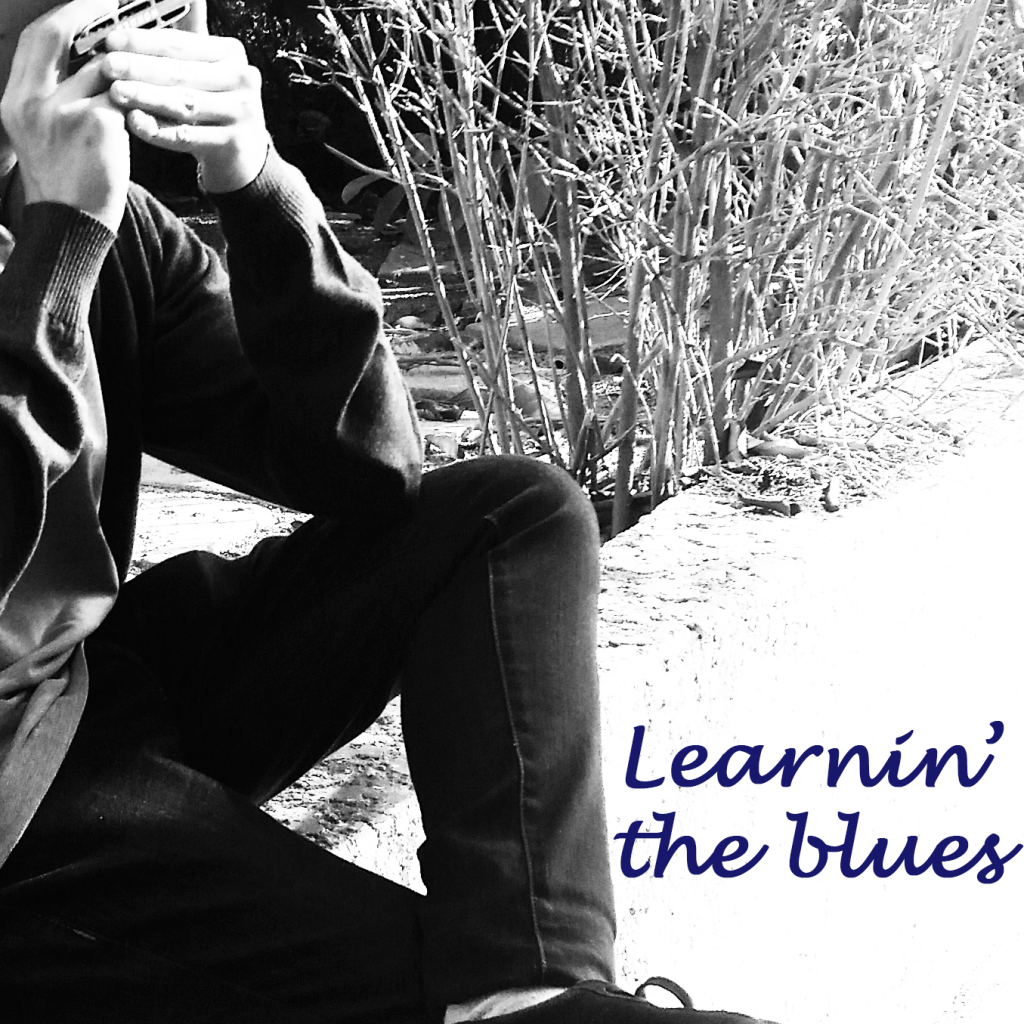
When Mel asked me to write a book about the blues I did not hesitate one minute. Sure, part of the reason for it is that I couldn’t be sure if the offer would still stand once Mel was sober again, but mostly because blues is one of the most fascinating forms of music there is;
Although the blues had (and still has!) major impact on basically any music genre there is – be it jazz, rock and roll or even contemporary classical pieces –
The basis is so simple that practically anybody can sing it.
Yeah. Anybody.
The blues originated in the work songs sang by African-American slaves in the cotton fields (or ”Field Hollers”), from which it got the simplicity of both the melody – 2 or 3 chords – and the content – songs of sorrow and the sadness in everyday life.
I couldn’t find any recordings of said slaves, but here are some prisoners singing in a prison band in the 30’s and that’s close enough:
The blues gain its popularity through traveling musicians wandering from town to town and playing for money.
Because they used spirituals and gospel melodies with secular lyrics, some believed they were devil worshipers or traded their soul for superhuman playing abilities.
Robert Johnson was one of those (travelers, I’m not sure about the devil part):
Ray Charles was similarly charged for bringing ‘church music’ into the ‘bedroom’ half a century later. Especially from 2:49
Developed around the turn of the century by musicians who could not read, let alone read music sheets, blues was mostly improvised, and indeed lots of blues sessions ended up a total mess of cacophony.
Soon enough, blues musicians understood that they have to construct strict rules in order to get along, here are some of them:
- Keep it simple!
- No sudden changes in the key or the rhythm
- The song is slow and melancholic
- It consists of 12 bar, four beats to each
- It uses pentatonic scales
B.B. King knew what I’m talking about:
Or Muddy Waters:
Some blues musicians didn’t even need lyrics to deliver the melancholy in their songs!
Such are the blues pianists – some you probably don’t know…
Lafayette Leake:
…and some you do:
Mel Rosenberg:
The blues dwindled down alongside the rise of jazz in the 20’s, but had a minor renaissance in the mid-40’s (”the Chicago blues”) with musicians such as Muddy Waters or Howlin’ Wolf
On the other hand, jazz songs were often based on the blues format.
Count Basie – Swingin’ the Blues
Glenn Miller and his Orchestra – In the Mood
Billie Holiday
Boogie Woogie, 1941
Thelonius Monk
Blackboard Jungle, 1953
Peggy Sue, Buddy Holly
And they influenced a whole new scene of blues and rock and roll.
The Beatles – Can’t Buy Me Love
The Rolling Stones – Stray Cat Blues
Fleetwood Mac – Black Magic Woman
The Doors – Roadhouse Blues
Or the one and only Janis Joplin alongside the Big Brother & the Holding Company:
And even some of the best comedians of the 70’s!
Live from New York, it’s…Blues Brothers – Sweet Home Chicago
The Blues Brothers – Sweet Home Chicago – 1080p Full HD from Gustobar Turkey on Vimeo.
And finally, a personal favorite
Thanks for reading my book!
If you enjoyed it, you might also want to read:
Published: Nov 4, 2018
Latest Revision: Mar 13, 2020
Ourboox Unique Identifier: OB-526416
Copyright © 2018







